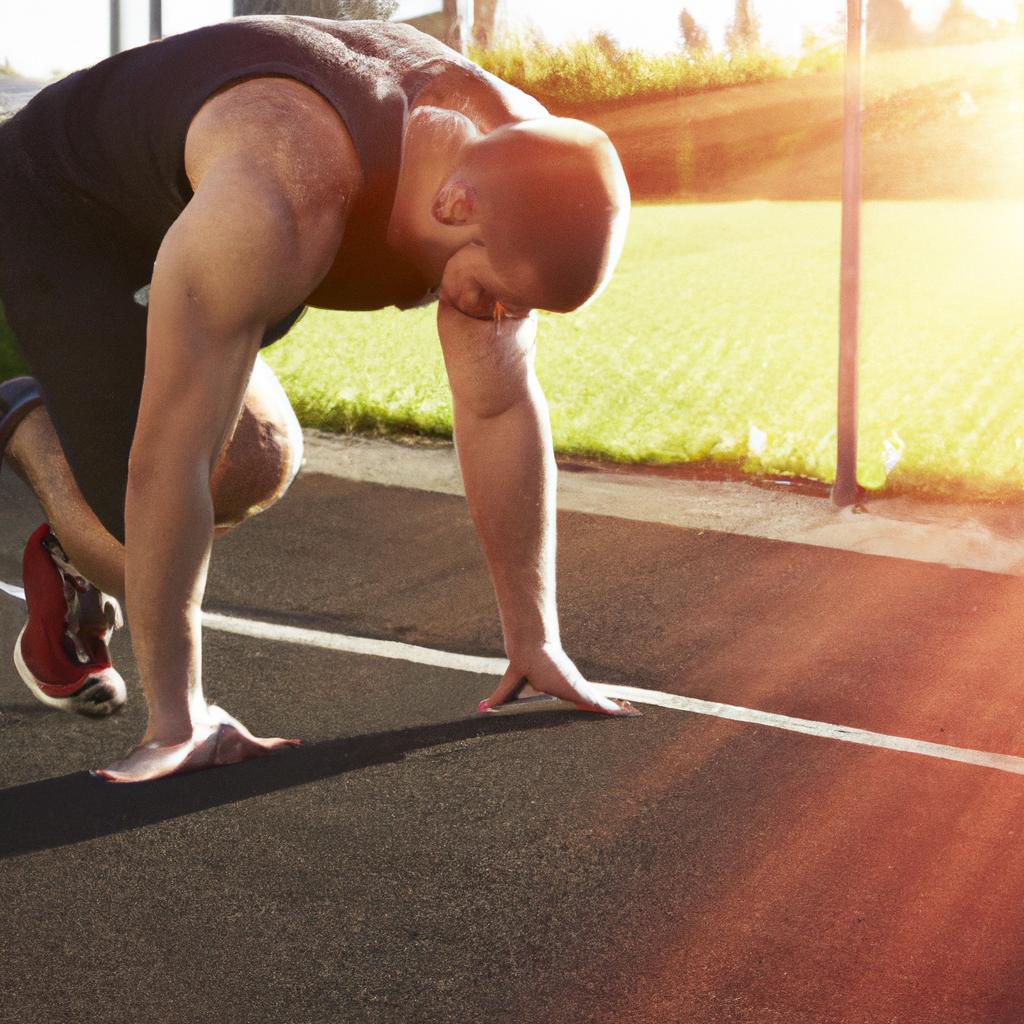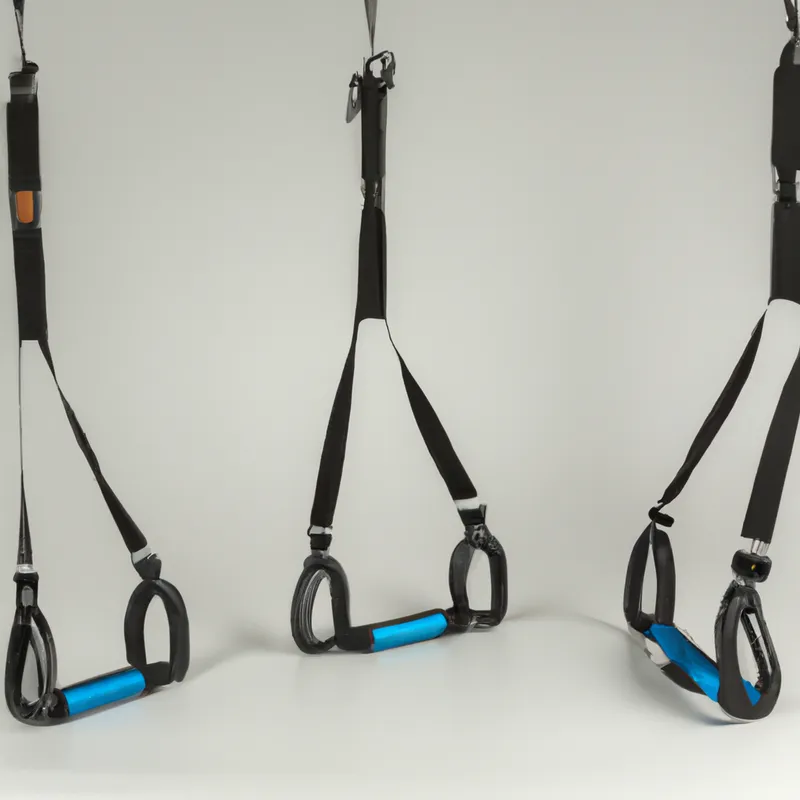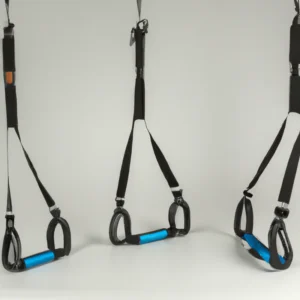**”The Impact of Light Exposure on Athletic Performance: How Timing Your Sunlight Intake Can Optimize Your Training and Recovery”**
# The Impact of Light Exposure on Athletic Performance: How Timing Your Sunlight Intake Can Optimize Your Training and Recovery
In the quest for peak athletic performance, athletes often focus on training regimens, nutrition, and recovery strategies. However, one crucial aspect that is frequently overlooked is the role of light exposure. The timing and duration of sunlight intake can have significant effects on an athlete’s performance, recovery, and overall well-being. This blog post will explore how sunlight exposure influences athletic performance and provide practical tips on optimizing light intake to enhance training and recovery.
## Understanding Light Exposure and Athletic Performance
### The Science of Light and Circadian Rhythms
Light exposure plays a crucial role in regulating our circadian rhythms, which are the body’s internal clocks governing sleep-wake cycles and hormonal fluctuations. Natural light, particularly in the morning, helps to synchronize these rhythms, promoting alertness and optimizing physical performance throughout the day. Athletes who align their training schedules with natural light patterns may experience improved focus, energy levels, and overall performance.
### The Role of Vitamin D
Another essential component of sunlight exposure is Vitamin D, which is synthesized in the skin through UVB rays. This vitamin is vital for bone health, muscle function, and immune system regulation. Adequate Vitamin D levels can enhance muscle strength and reduce the risk of injury, making it particularly important for athletes. Therefore, timing sunlight exposure to maximize Vitamin D production is crucial for performance optimization.
## Nutrition Tips
### Timing Sunlight Exposure with Meals
To maximize the benefits of light exposure, athletes should consider timing their sunlight intake with their meals. Eating breakfast outdoors or near a window can help synchronize the body’s circadian rhythms, enhancing nutrient absorption and metabolism throughout the day. Morning sunlight can stimulate cortisol production, which helps mobilize energy and support performance during training sessions.
### Incorporating Vitamin D-Rich Foods
In addition to sunlight, athletes should complement their diets with Vitamin D-rich foods. Fatty fish, fortified dairy products, and egg yolks can help maintain optimal Vitamin D levels, particularly during winter months or when sunlight exposure is limited. A well-rounded diet that includes these foods can further support athletic performance and recovery.
## Exercise Advice
### Training in Natural Light
To harness the benefits of light exposure, athletes should consider scheduling their workouts during daylight hours. Training outdoors or near windows can enhance mood, increase energy levels, and improve overall performance. Morning workouts, particularly when done outside, can significantly boost alertness and focus, setting a positive tone for the rest of the day.
### Pre-Workout Sunlight Exposure
Aim for at least 15-30 minutes of sunlight exposure before a training session. This practice can help enhance mood and energy levels, leading to a more productive workout. The light exposure will stimulate the release of serotonin, a neurotransmitter that promotes feelings of well-being, potentially translating into better performance during training.
## Health Benefits
### Improved Sleep Quality
Optimal light exposure, particularly in the morning, helps regulate melatonin production, which is essential for quality sleep. Athletes need restorative sleep for recovery, muscle repair, and cognitive function. By ensuring adequate morning light exposure, athletes can improve their sleep hygiene, leading to better overall health and enhanced performance.
### Enhanced Mood and Mental Clarity
Natural light exposure has been linked to improved mood and reduced symptoms of anxiety and depression. For athletes, maintaining a positive mindset is crucial for peak performance. Regular exposure to sunlight can positively influence mental health, leading to improved focus, motivation, and resilience.
### Reduced Risk of Injury
As previously mentioned, adequate Vitamin D levels are crucial for muscle function and bone health. Athletes who maintain optimal Vitamin D levels through sunlight exposure and diet may experience a reduced risk of injuries, particularly stress fractures and muscle-related issues. This preventative aspect is vital for athletes looking to maintain their training schedules without interruptions.
## Conclusion
In conclusion, understanding the impact of light exposure on athletic performance is essential for any serious athlete. By timing sunlight intake effectively, athletes can optimize their training and recovery through improved circadian rhythms, enhanced Vitamin D synthesis, and overall better health. Incorporating morning sunlight exposure, aligning meals with light intake, and focusing on Vitamin D-rich foods can significantly enhance performance, mood, and injury prevention. Embracing the power of light can unlock new levels of athletic potential, making it a vital component of any training regimen.















Post Comment